Valentina Shumovskaia
Detection of Malicious Agents in Social Learning
Mar 19, 2024


Abstract:Social learning is a non-Bayesian framework for distributed hypothesis testing aimed at learning the true state of the environment. Traditionally, the agents are assumed to receive observations conditioned on the same true state, although it is also possible to examine the case of heterogeneous models across the graph. One important special case is when heterogeneity is caused by the presence of malicious agents whose goal is to move the agents towards a wrong hypothesis. In this work, we propose an algorithm that allows to discover the true state of every individual agent based on the sequence of their beliefs. In so doing, the methodology is also able to locate malicious behavior.
Social Learning in Community Structured Graphs
Dec 19, 2023Abstract:Traditional social learning frameworks consider environments with a homogeneous state, where each agent receives observations conditioned on that true state of nature. In this work, we relax this assumption and study the distributed hypothesis testing problem in a heterogeneous environment, where each agent can receive observations conditioned on their own personalized state of nature (or truth). This situation arises in many scenarios, such as when sensors are spatially distributed, or when individuals in a social network have differing views or opinions. In these heterogeneous contexts, the graph topology admits a block structure. We study social learning under personalized (or multitask) models and examine their convergence behavior.
Discovering Influencers in Opinion Formation over Social Graphs
Nov 23, 2022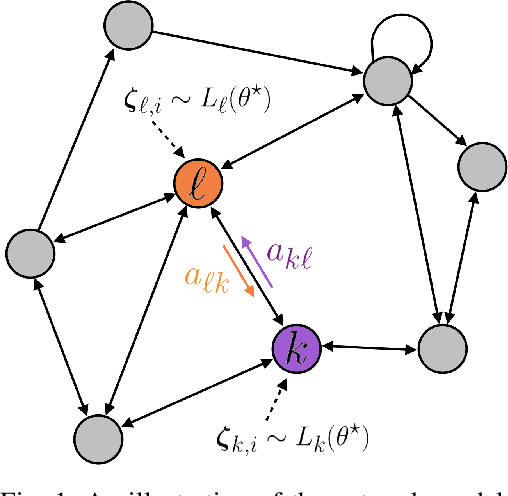

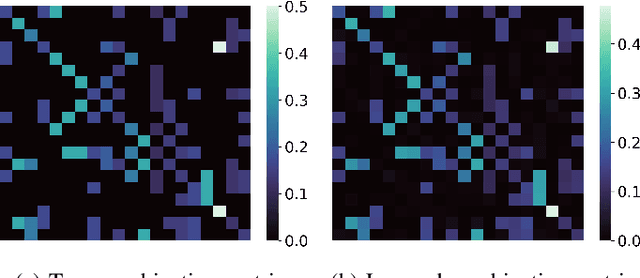
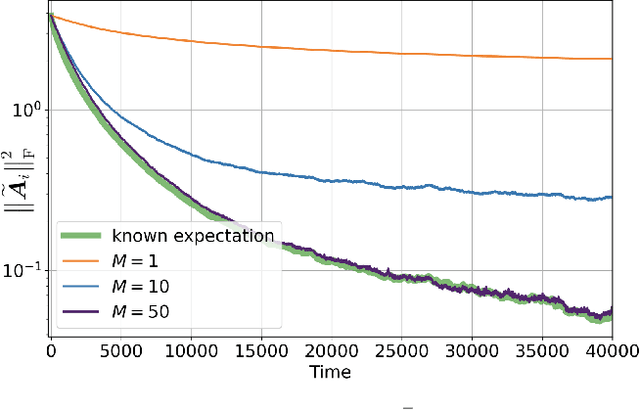
Abstract:The adaptive social learning paradigm helps model how networked agents are able to form opinions on a state of nature and track its drifts in a changing environment. In this framework, the agents repeatedly update their beliefs based on private observations and exchange the beliefs with their neighbors. In this work, it is shown how the sequence of publicly exchanged beliefs over time allows users to discover rich information about the underlying network topology and about the flow of information over graph. In particular, it is shown that it is possible (i) to identify the influence of each individual agent to the objective of truth learning, (ii) to discover how well informed each agent is, (iii) to quantify the pairwise influences between agents, and (iv) to learn the underlying network topology. The algorithm derived herein is also able to work under non-stationary environments where either the true state of nature or the network topology are allowed to drift over time. We apply the proposed algorithm to different subnetworks of Twitter users, and identify the most influential and central agents merely by using their public tweets (posts).
Explainability and Graph Learning from Social Interactions
Mar 14, 2022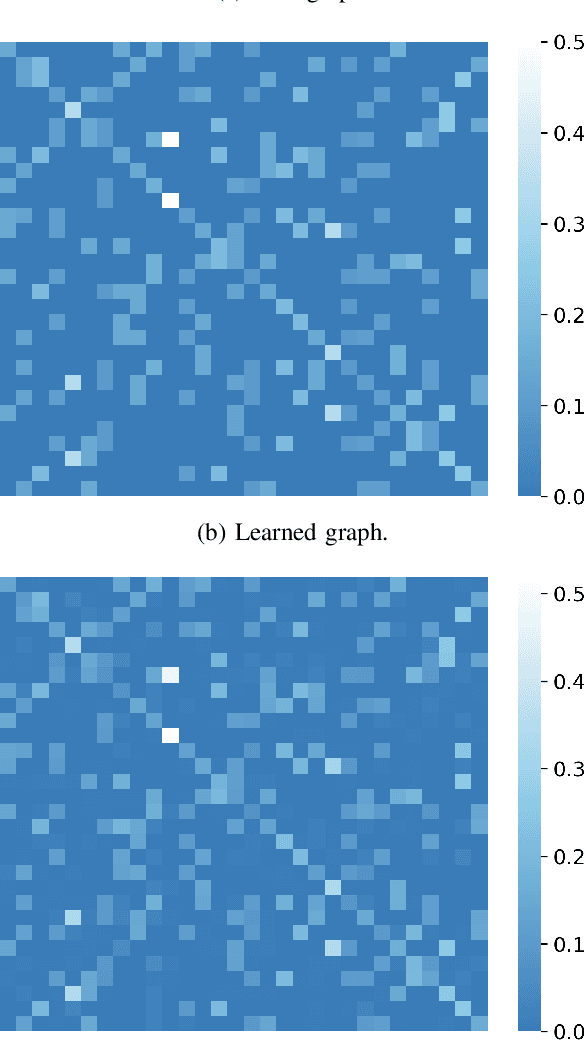

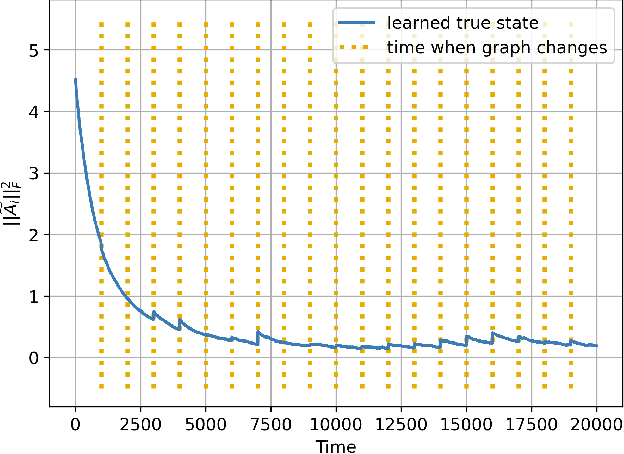
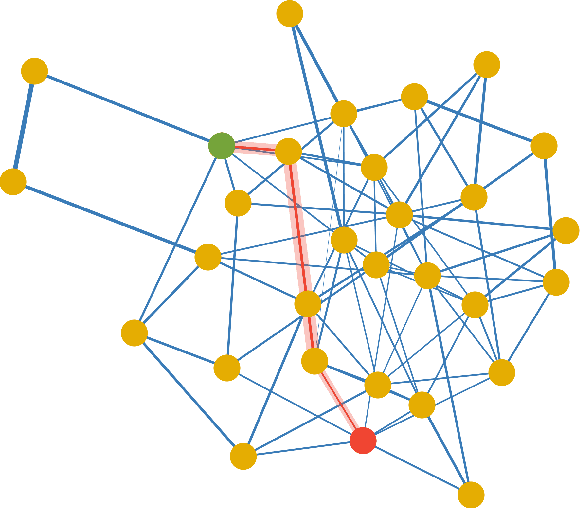
Abstract:Social learning algorithms provide models for the formation of opinions over social networks resulting from local reasoning and peer-to-peer exchanges. Interactions occur over an underlying graph topology, which describes the flow of information among the agents. In this work, we propose a technique that addresses questions of explainability and interpretability when the graph is hidden. Given observations of the evolution of the belief over time, we aim to infer the underlying graph topology, discover pairwise influences between the agents, and identify significant trajectories in the network. The proposed framework is online in nature and can adapt dynamically to changes in the graph topology or the true hypothesis.
Online Graph Learning from Social Interactions
Mar 11, 2022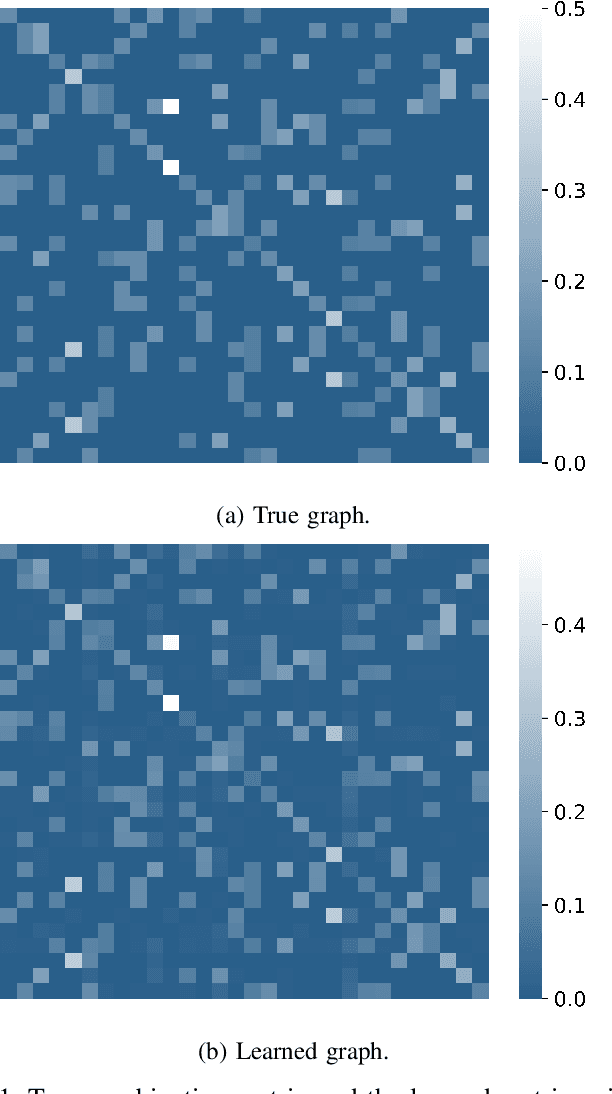
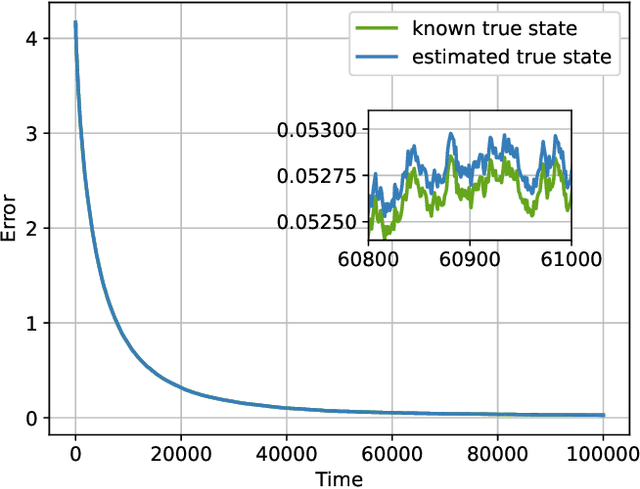
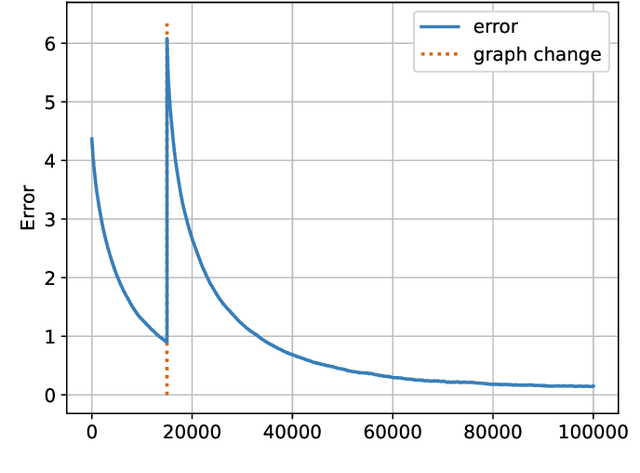
Abstract:Social learning algorithms provide models for the formation of opinions over social networks resulting from local reasoning and peer-to-peer exchanges. Interactions occur over an underlying graph topology, which describes the flow of information and relative influence between pairs of agents. For a given graph topology, these algorithms allow for the prediction of formed opinions. In this work, we study the inverse problem. Given a social learning model and observations of the evolution of beliefs over time, we aim at identifying the underlying graph topology. The learned graph allows for the inference of pairwise influence between agents, the overall influence agents have over the behavior of the network, as well as the flow of information through the social network. The proposed algorithm is online in nature and can adapt dynamically to changes in the graph topology or the true hypothesis.
EWS-GCN: Edge Weight-Shared Graph Convolutional Network for Transactional Banking Data
Sep 30, 2020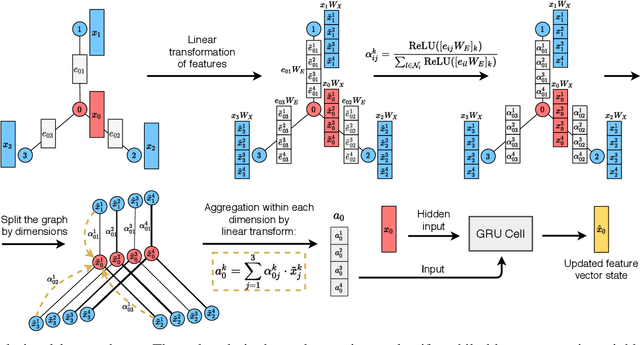

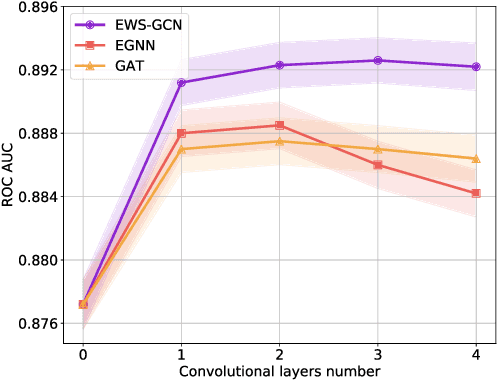

Abstract:In this paper, we discuss how modern deep learning approaches can be applied to the credit scoring of bank clients. We show that information about connections between clients based on money transfers between them allows us to significantly improve the quality of credit scoring compared to the approaches using information about the target client solely. As a final solution, we develop a new graph neural network model EWS-GCN that combines ideas of graph convolutional and recurrent neural networks via attention mechanism. The resulting model allows for robust training and efficient processing of large-scale data. We also demonstrate that our model outperforms the state-of-the-art graph neural networks achieving excellent results
Linking Bank Clients using Graph Neural Networks Powered by Rich Transactional Data
Jan 23, 2020
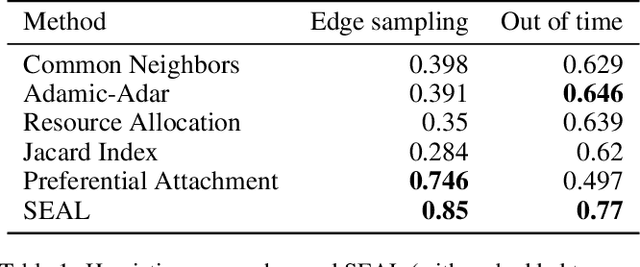

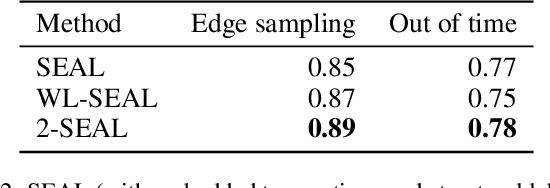
Abstract:Financial institutions obtain enormous amounts of data about user transactions and money transfers, which can be considered as a large graph dynamically changing in time. In this work, we focus on the task of predicting new interactions in the network of bank clients and treat it as a link prediction problem. We propose a new graph neural network model, which uses not only the topological structure of the network but rich time-series data available for the graph nodes and edges. We evaluate the developed method using the data provided by a large European bank for several years. The proposed model outperforms the existing approaches, including other neural network models, with a significant gap in ROC AUC score on link prediction problem and also allows to improve the quality of credit scoring.
 Add to Chrome
Add to Chrome Add to Firefox
Add to Firefox Add to Edge
Add to Edge